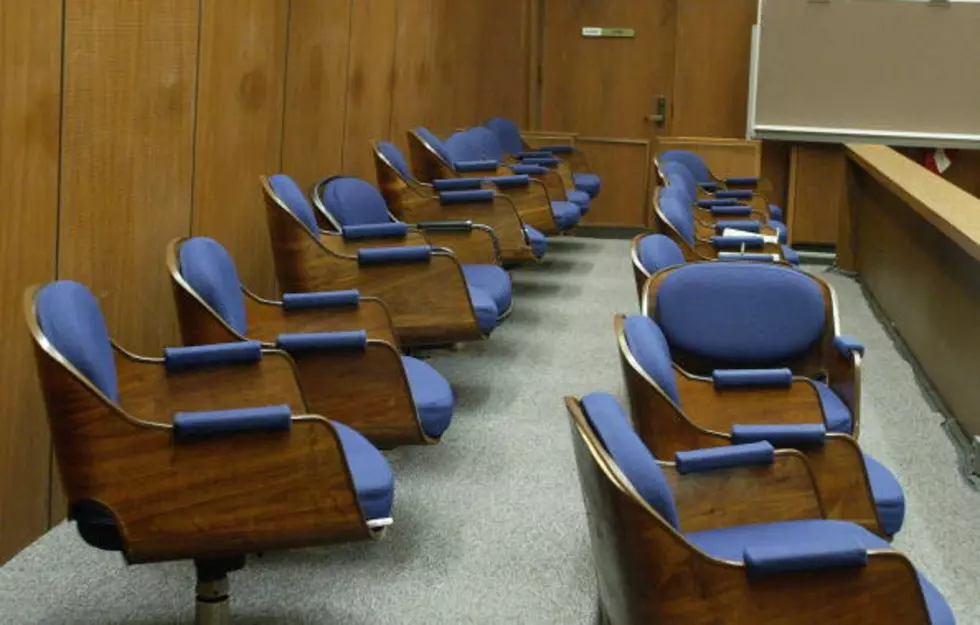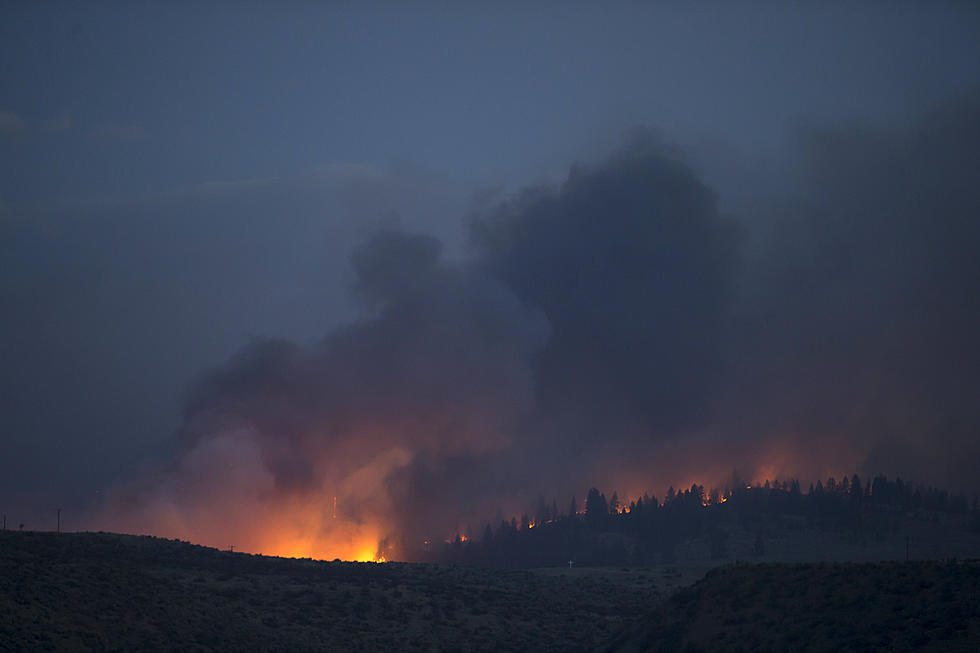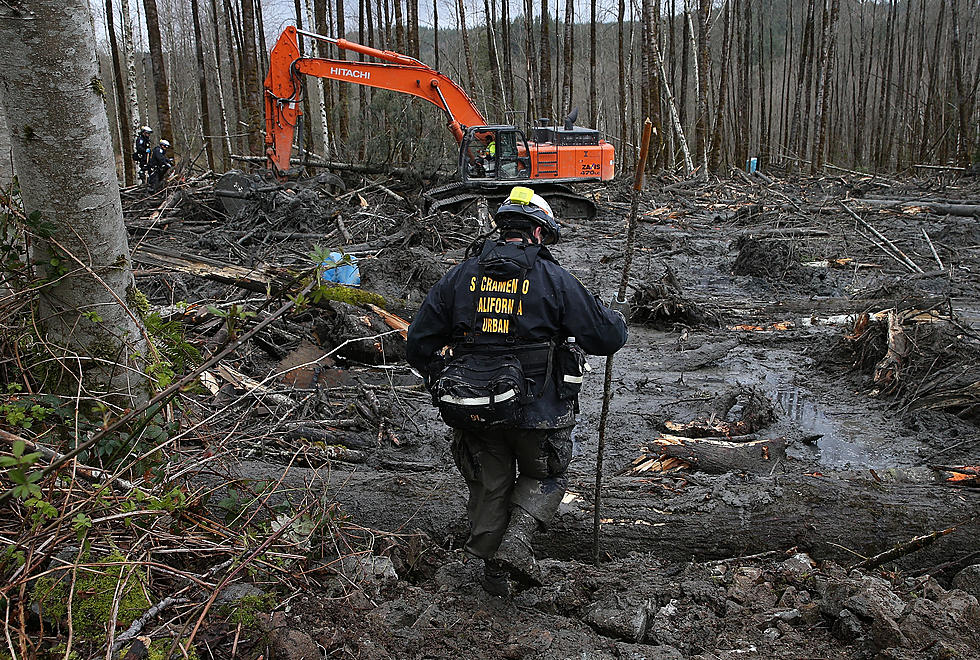
A Year After the Mudslide, Oso is Healing — But Scars Remain
DARRINGTON (AP) -- The new sign for Steelhead Drive is fresh green with white lettering. But the road it announces is a mere stub of pavement, ending in a massive gray-and-brown scab of mud, clay and broken timber where a rural Washington state neighborhood once sat.
A rain-soaked hillside collapsed suddenly on March 22, 2014, sending 18 million tons of sand and soil thundering across a river valley north of Seattle, destroying dozens of homes and entombing 43 people in the deadliest landslide in U.S. history.
A year later, as a bill moves through the state Legislature to improve mapping of landslide-prone areas and give local planners a better idea of risky development areas, the mangled cars and homes have been cleaned up, but reminders of loss are everywhere.
More From News Talk KIT









